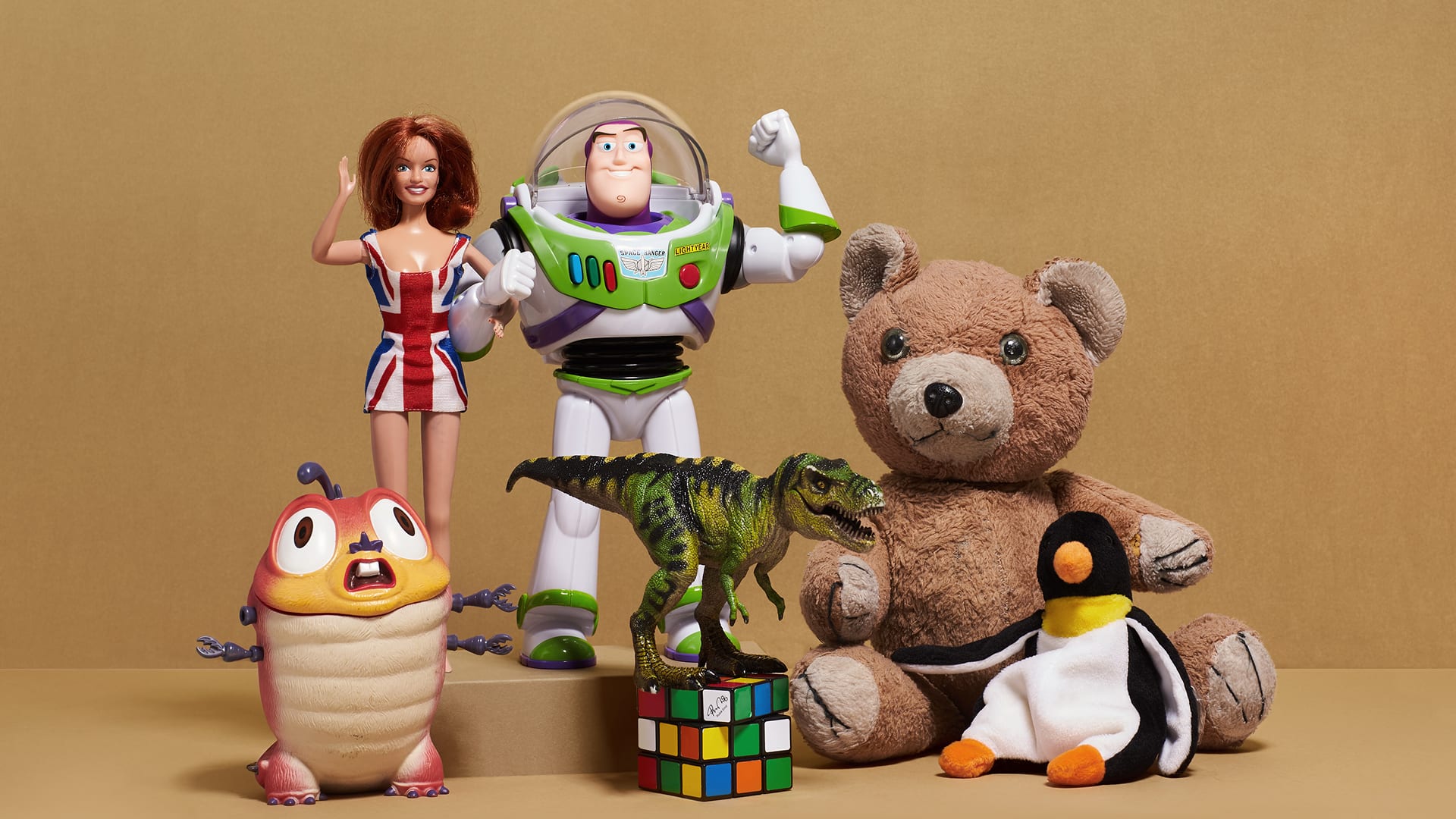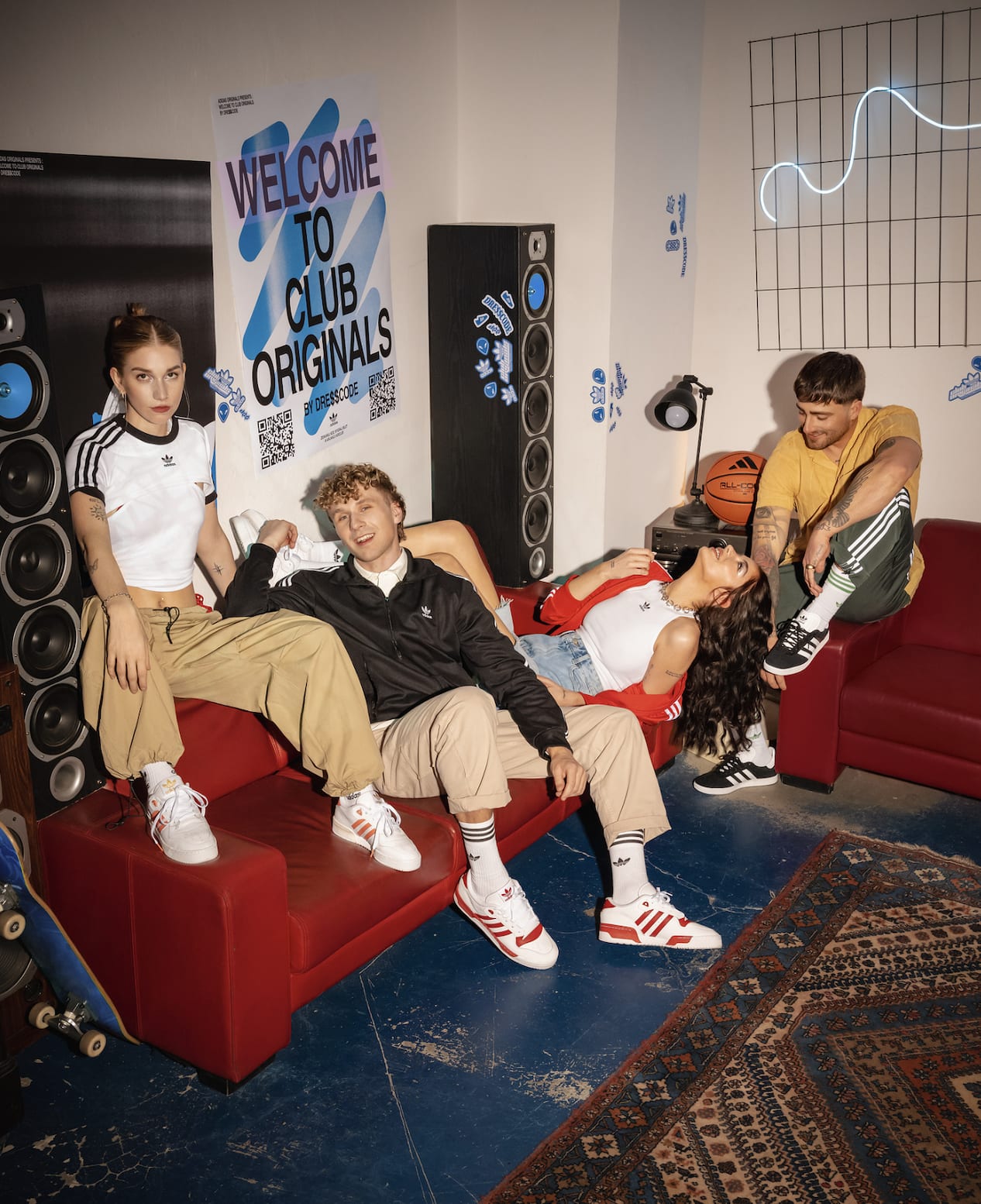TOOxTOO
Issue #096
Megan Hotson
28/01/22
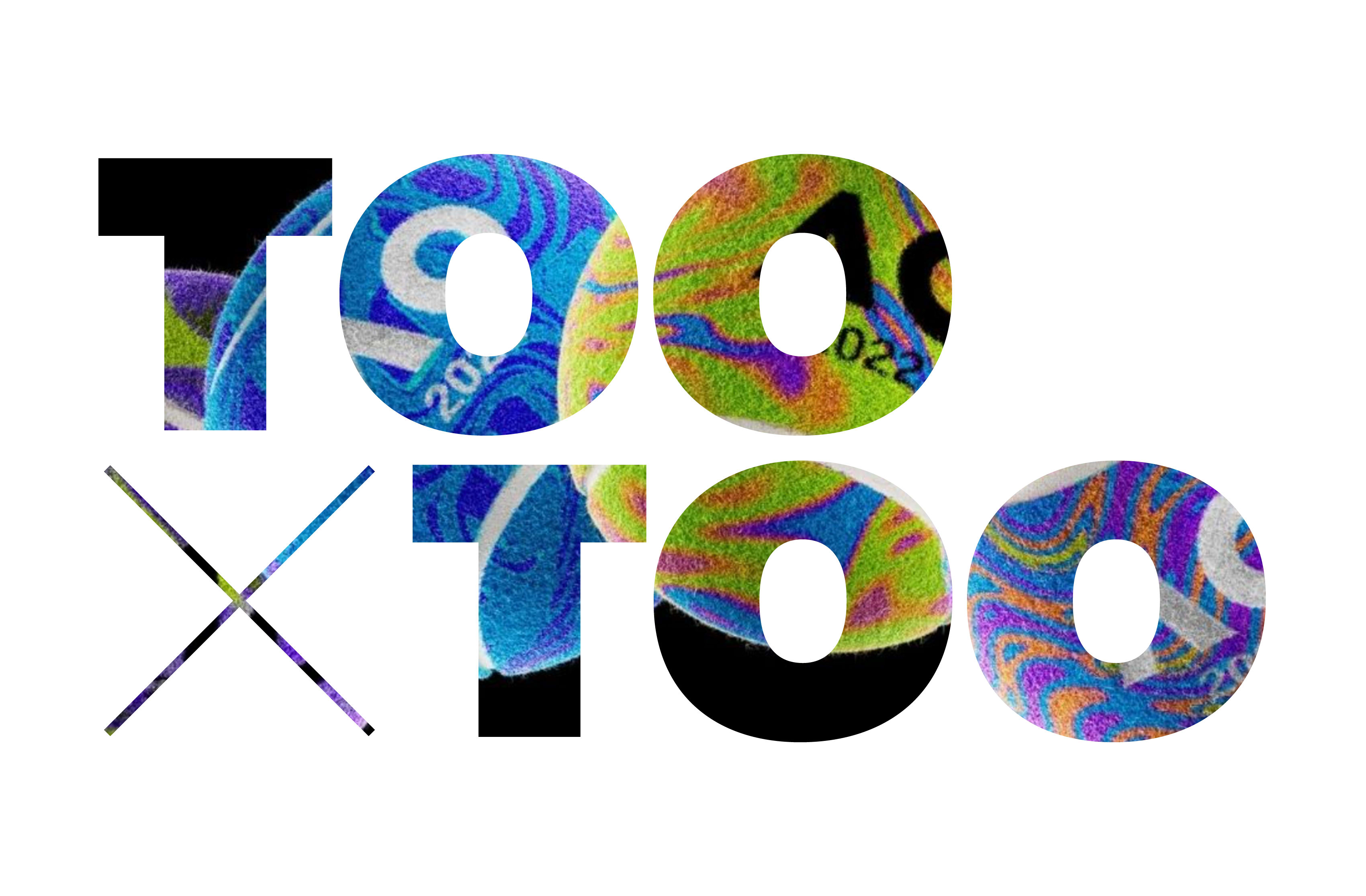
Welcome to your weekly dose of TooXToo, this week featuring Amazon’s first fashion store ‘Amazon Style’, NFT tennis balls, the ‘My name is peter’ movement, and Green Peace’s portal to the Antarctic…
‘Amazon style’
I think the question we need to ask, is what can’t amazon do? From online retail to grocery stores, and ‘just walk out’ technology – they seem to be doubling down on innovation with the announced opening of their first fashion store later this year.

The aim for this store, like its other amazon spaces, is to make physical retail more convenient for consumers. The shop will open in LA, and customers can expect to be able to use the amazon app to scan the QR codes of different clothes to see different sizes, and colours- as well as any customer ratings or reviews. Shoppers will be able to add items to a fitting room or send it directly to the collection desk.
A key pillar of Amazon style’s ethos is personalisation. Amazon’s machine learning algorithms allow real-time, tailored suggestions to be made for each customer as they shop. Customers can also input any preferences they might have into the app, to further the level of personalisation of their browsing experience.
The fitting rooms reimagine what is possible in a usual retail experience- these spaces are personalised areas where shoppers can continue to browse using the large screens mounted on the walls. Upon entering your fitting room, the shopper will be able to find the clothes they selected in-store, as well as other additional pieces based on their app preferences.
Throughout the Amazon Style store are different collections curated by Amazon. For example, trend inspired pieces, customer favourites and influencer favourites.
This is a retail venture you will want to keep up to date with, coming to LA first.. London, next?
NFT Tennis Balls
The Australian open has a global viewership of approximately 1 billion – and is expanding its hold as it enters the metaverse with its latest sporting innovation: NFT tennis balls.
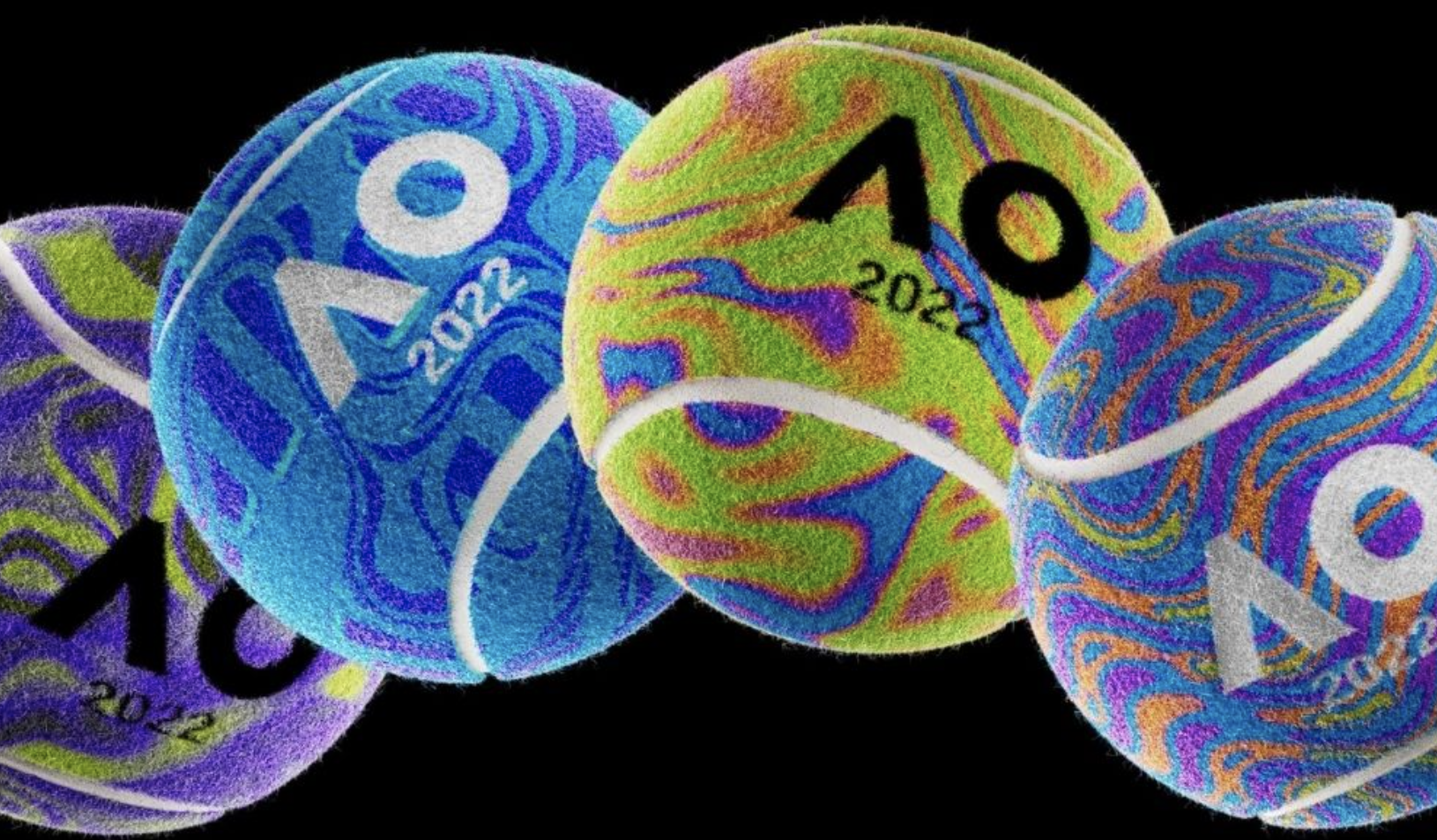
The array of NFT balls were developed and designed using generative art -premised off an algorithm blending different colour schemes, textures, and patterns. The designs resulted in 6,776 one-of-a-kind tennis ‘balls.’ The AO has split up their court surfaces into plots that are 19x19cm big, and each NFT ball is linked to a different, specific plot. The balls are also live, so will move in response to real-time match data.
There are also ‘fungible’ rewards that accompany the NFT balls. During the matches, if any of the 11-championship points land on one of the divided plots of the pitch the corresponding NFT owner will be gifted the ball used, alongside a certificate of authenticity. As well as this, throughout the AO, the tennis ball owners will be able to gain access to limited edition merchandise, and wearables.
Accompanying the balls, the AO also created a virtual world in Decentraland, allowing people to interact with other tennis-enthusiasts, and play their own virtual matches.
As the metaphysical continues to precipitate into popular culture, we are observing the next evolution of the virtual world. Virtual and augmented realities will now dominate the online space, and an event as engaging and far-reaching as the Australian open provides the perfect opportunity for the metaverse to add new features of interaction to match coverage.
Serves up, meta-players!
‘My name is Peter’
Next up, a purpose-driven social media campaign geared toward drawing attention to the under-representation of women in senior leadership roles. In the Netherlands, publicly traded organisations identify more CEO’s named Peter than those who are women.
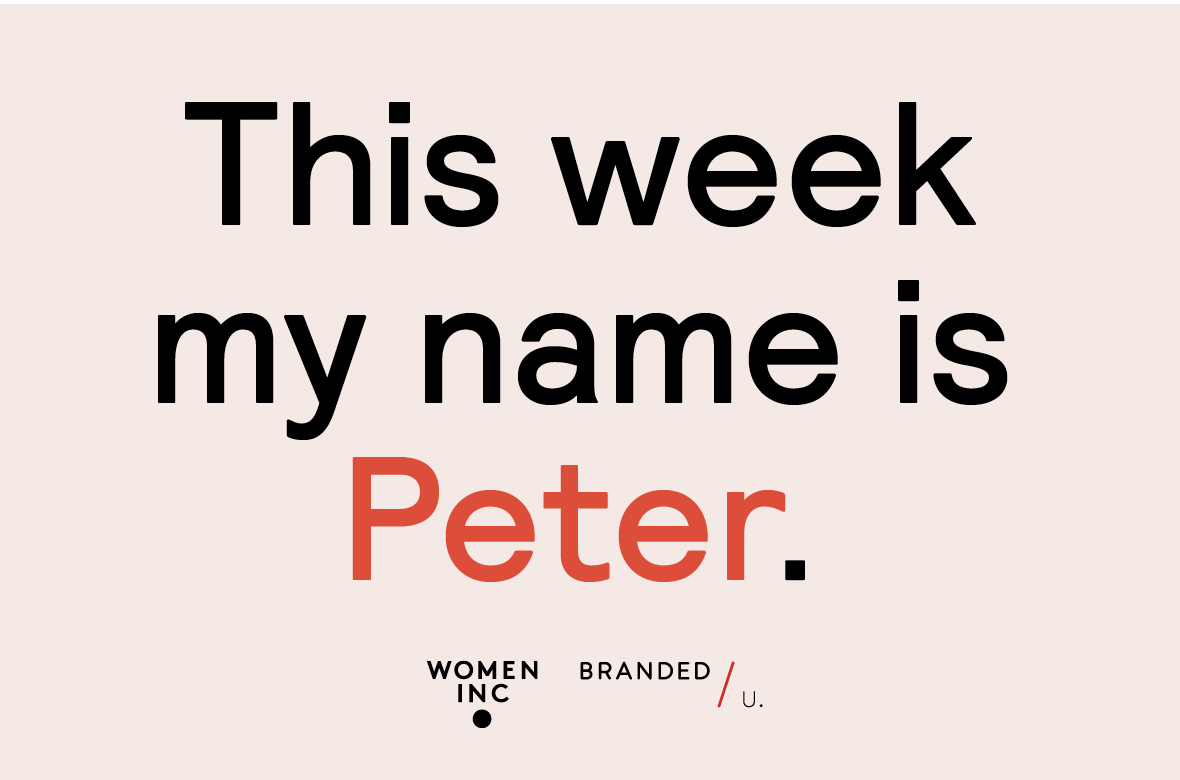
Between the 24th January-28th January, Women Inc collaborated with BrandedU and called upon Dutch women to change their names to Peter on Linkedin. The idea gained impressive traction with hundreds of influential women changing their names temporarily, including Yeliz Çiçek, Editor in Chief of Vogue Nederland.
In the Netherlands, and other places across the globe women are clearly underrepresented in higher level positions, and therefore have a lot less influence in the workplace than men.
As well as some women changing their names temporarily in the Netherlands on LinkedIn, some men illustrated solidarity by also changing their names, but to ‘Petra’. Commenting on this, a member from Women Inc enthused: “This shows that it’s not just a women’s problem, but we all have to do it together.”
There is great value in using virtual connection to create solidarity, or champion a cause. These two groups, BrandedU and Women Inc. have demonstratively shown the impact an online community can have on championing change, here toward the emancipation of women in the Dutch workplace.
Green Peace’s portal to the Antarctic
Green Peace’s portal to the Antarctic has just arrived in Trafalgar square and is an extension of their protect the Oceans campaign. It will be in London for all to see, and take stock of until this Saturday, the 29th January.
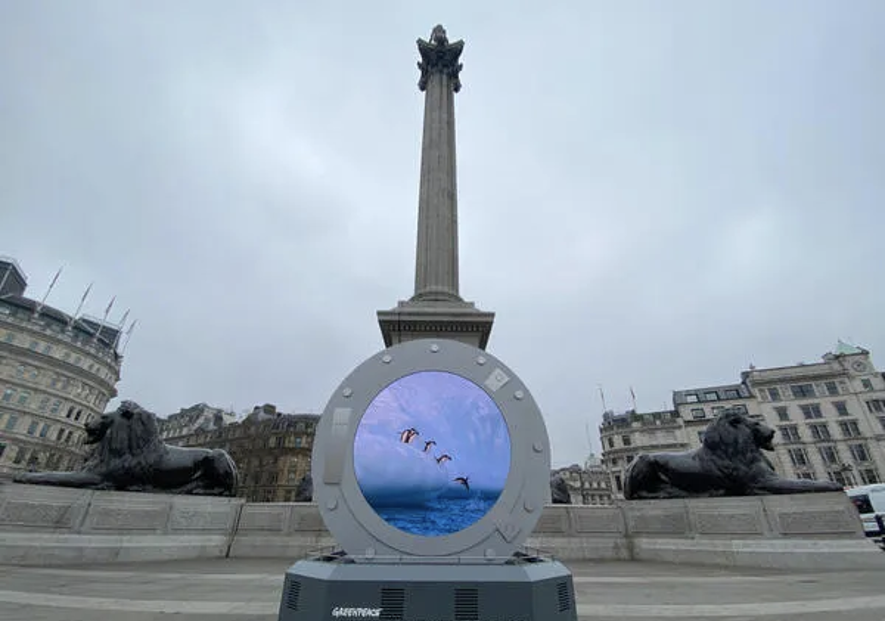
The portal will live stream penguin colonies in real-time from the Antarctic, as well as imagery of the landscape and the Arctic sunrise. The idea is designed to bring a corner of the world, which is far away, closer to city-dwellers to inspire more people to join the fight to protect our Oceans.
This portal exhibiting a frozen world is a powerful example of campaign messaging that is purpose driven. It also demonstrates the power of technology to connect far apart corners of the globe to unite chains of thought and action.
